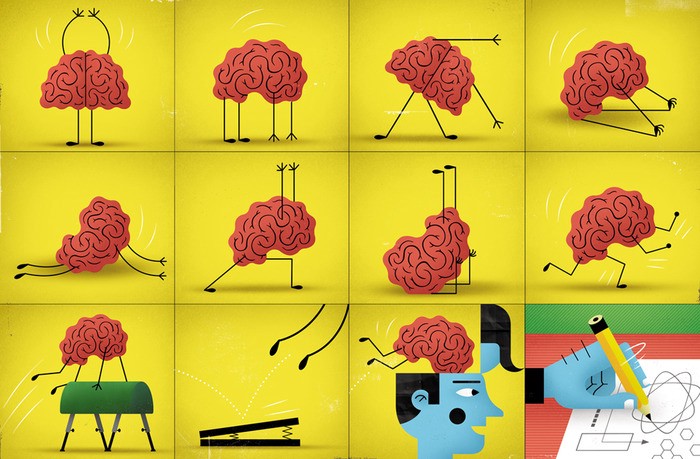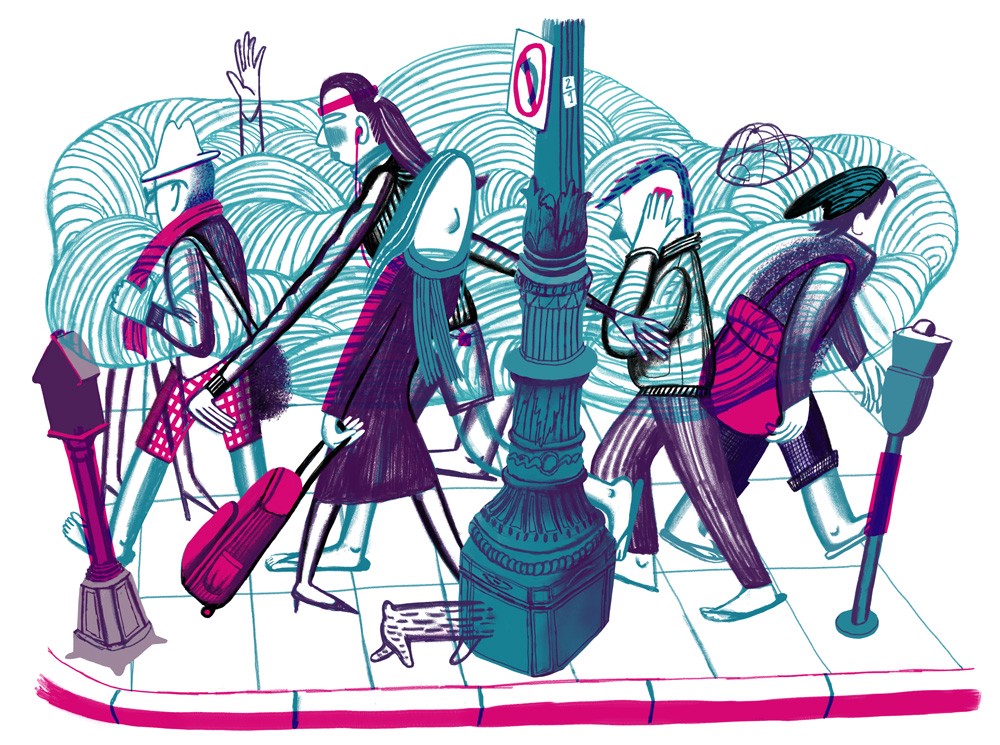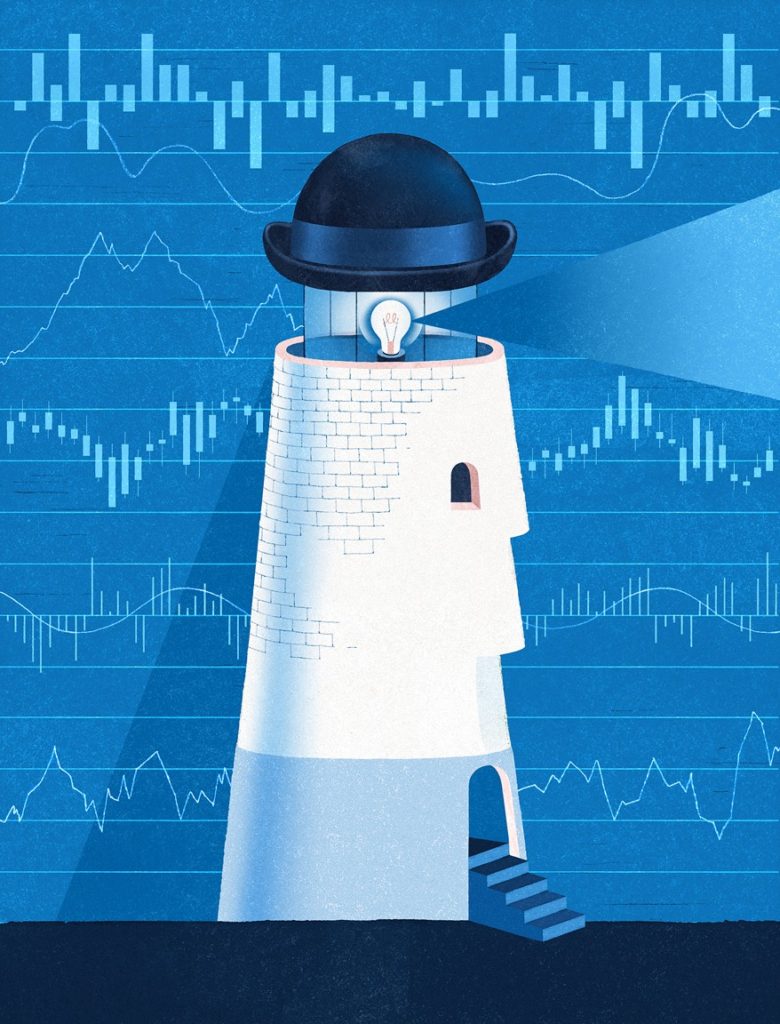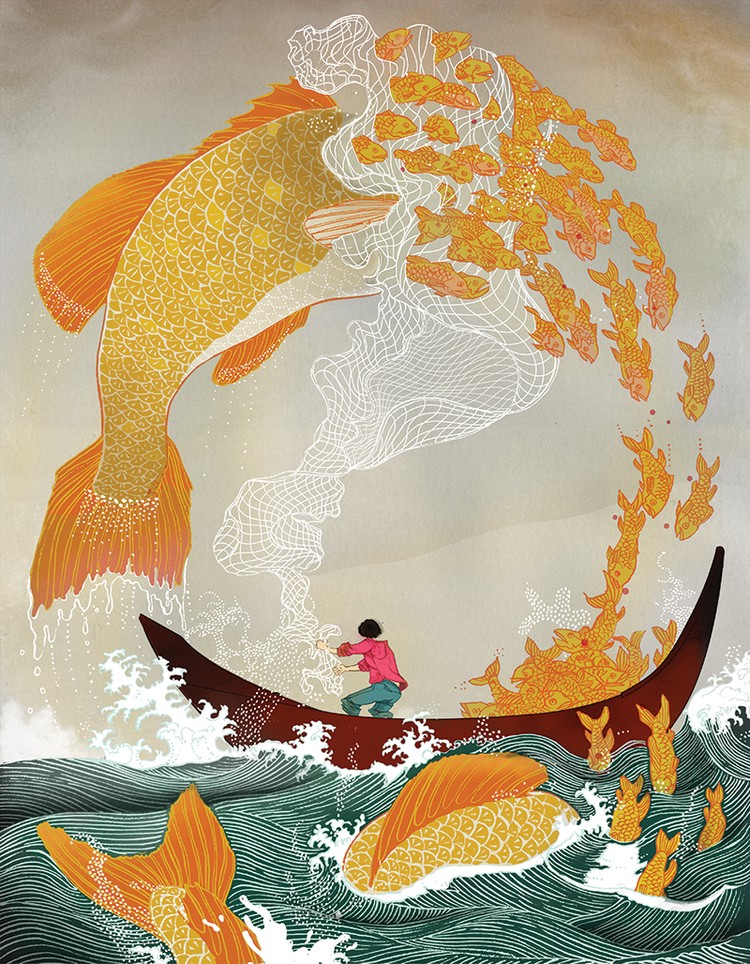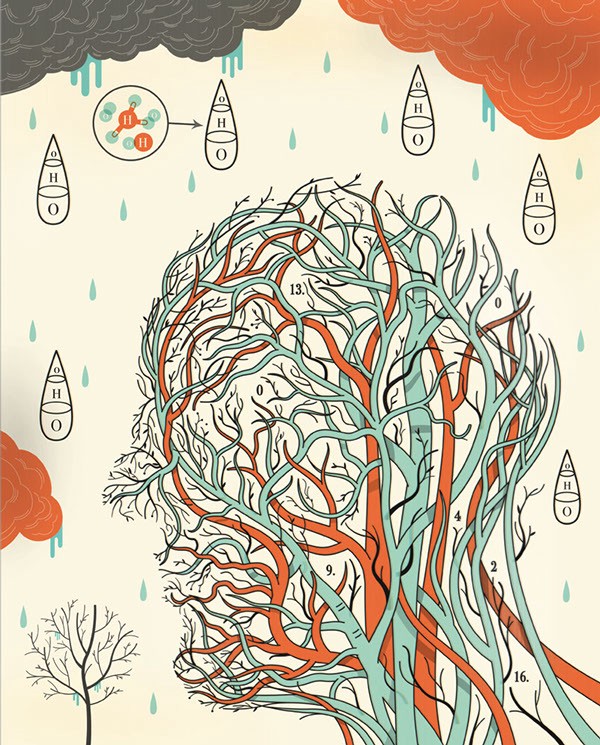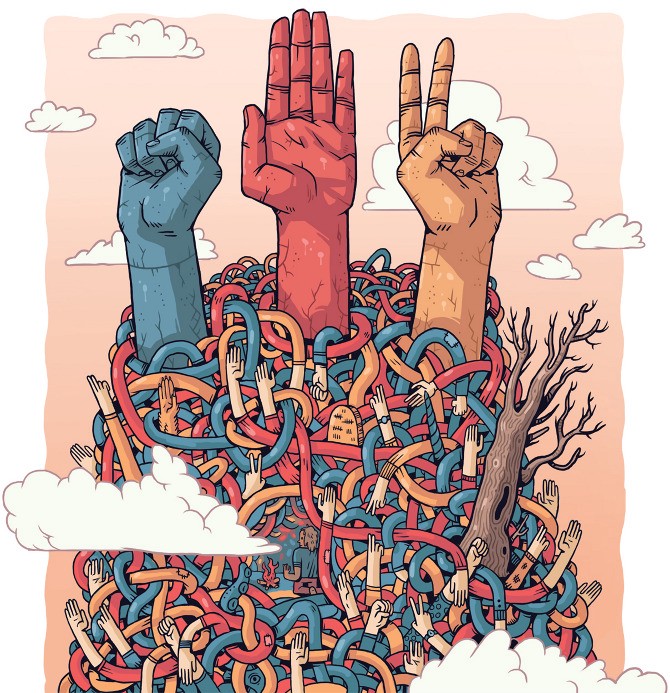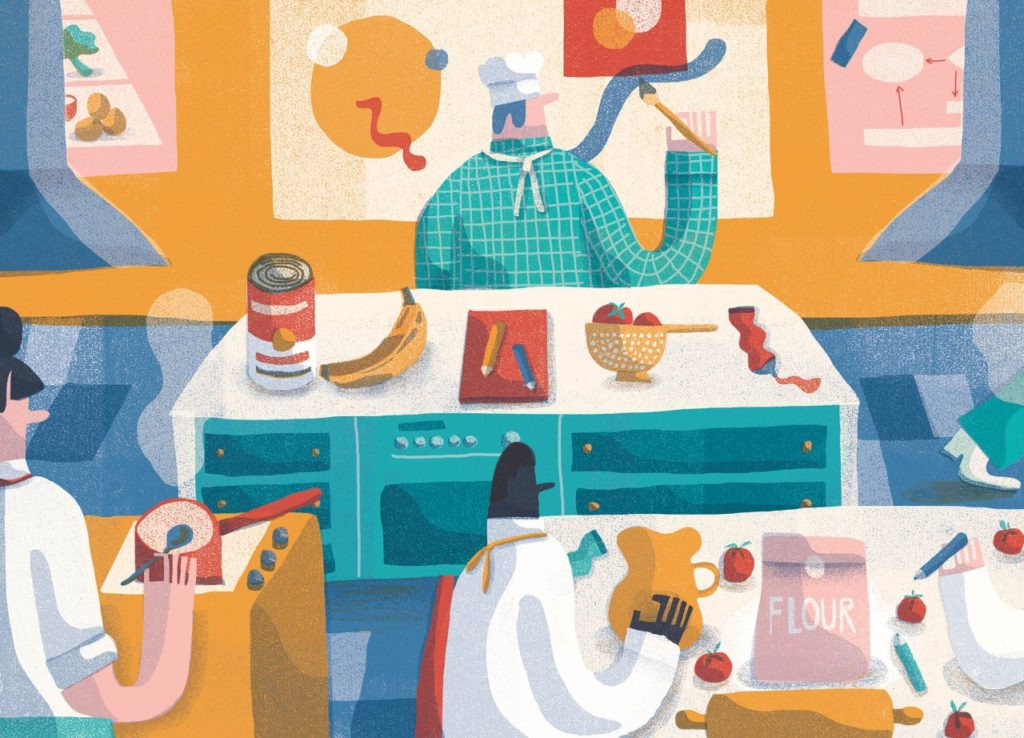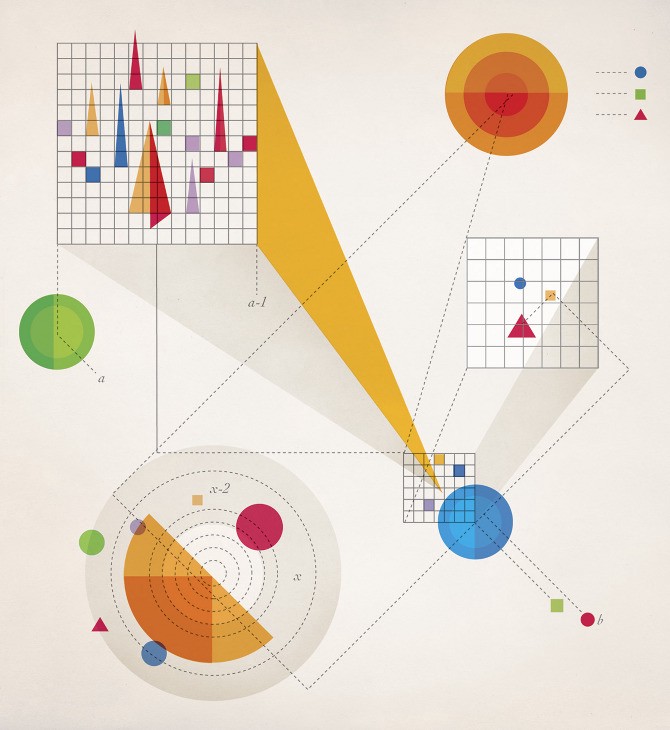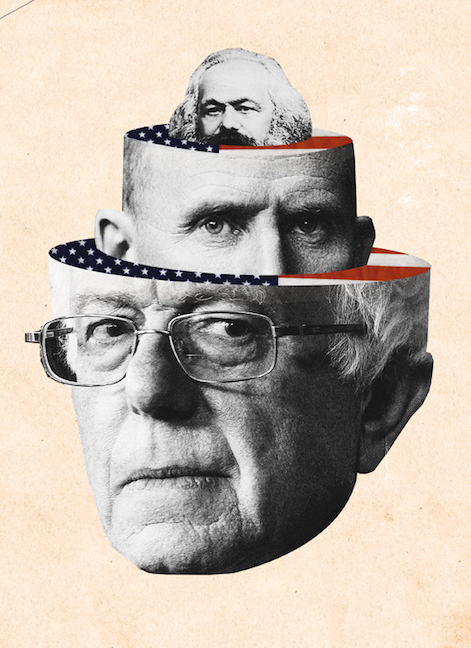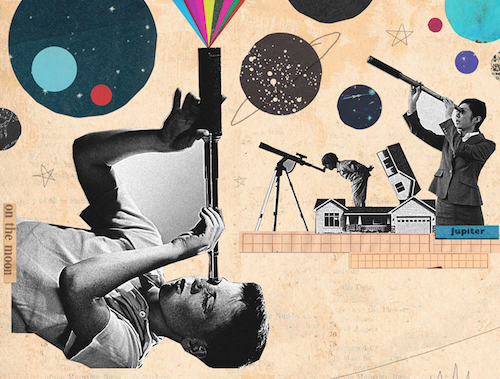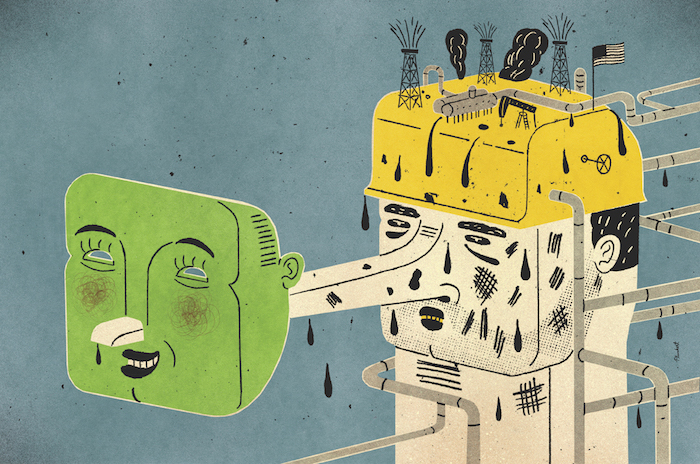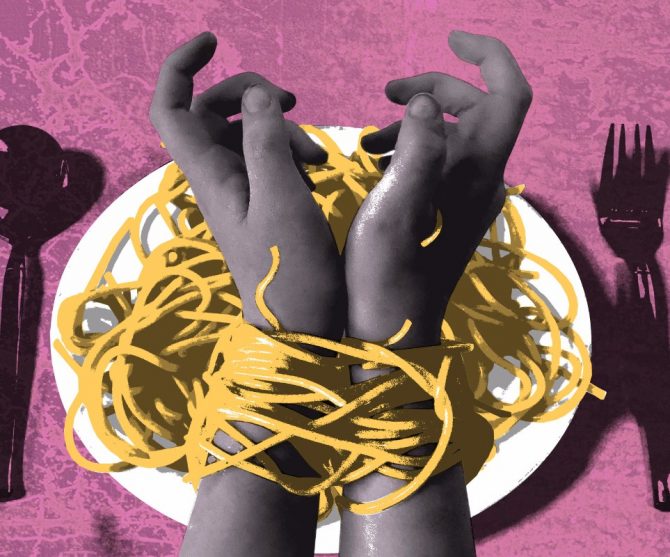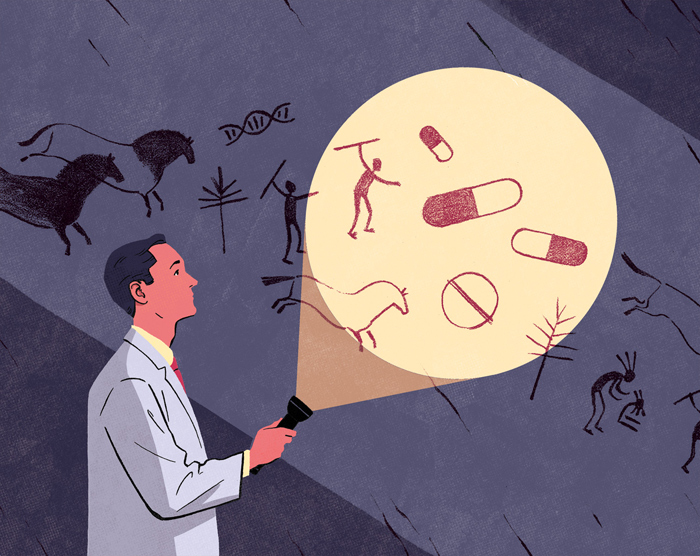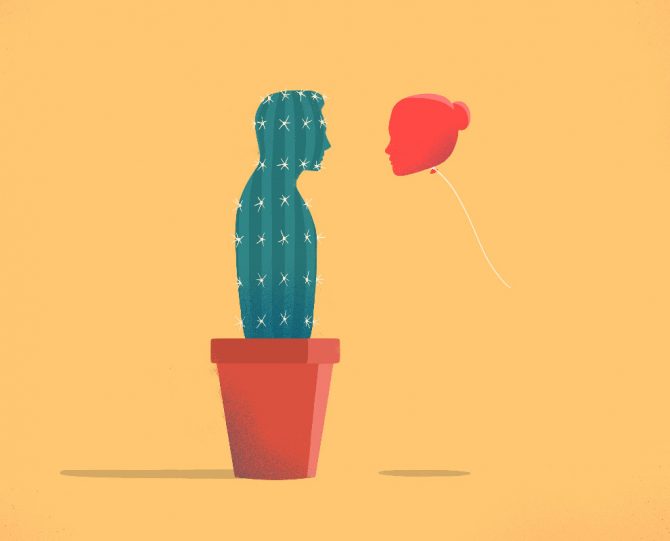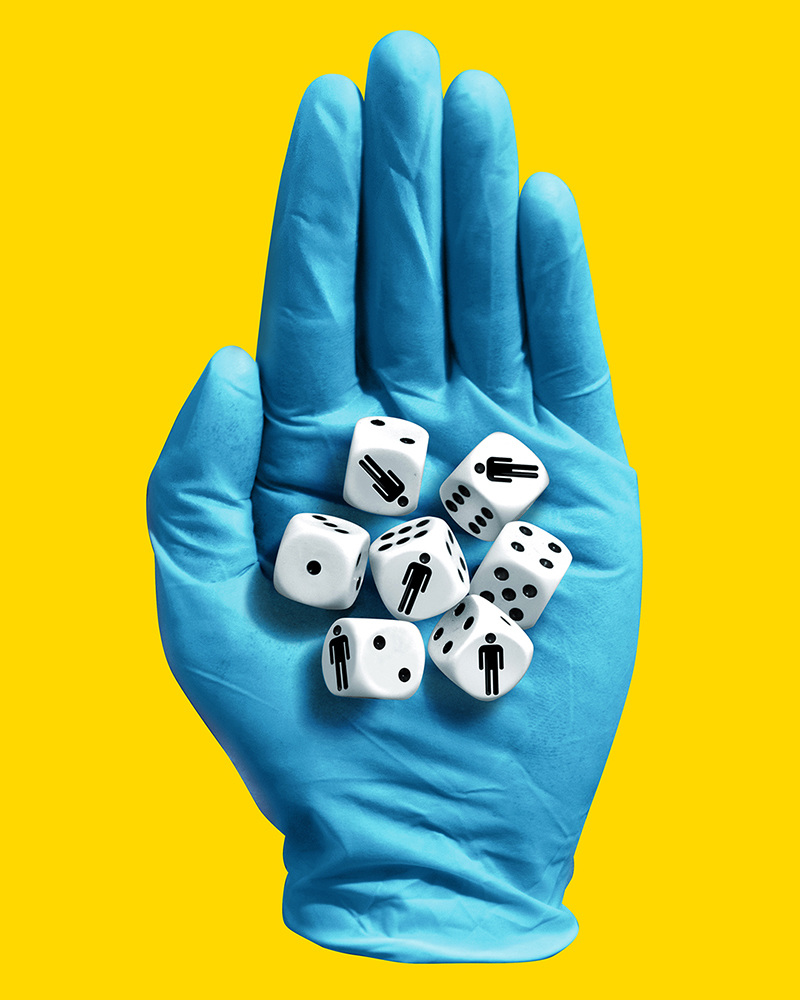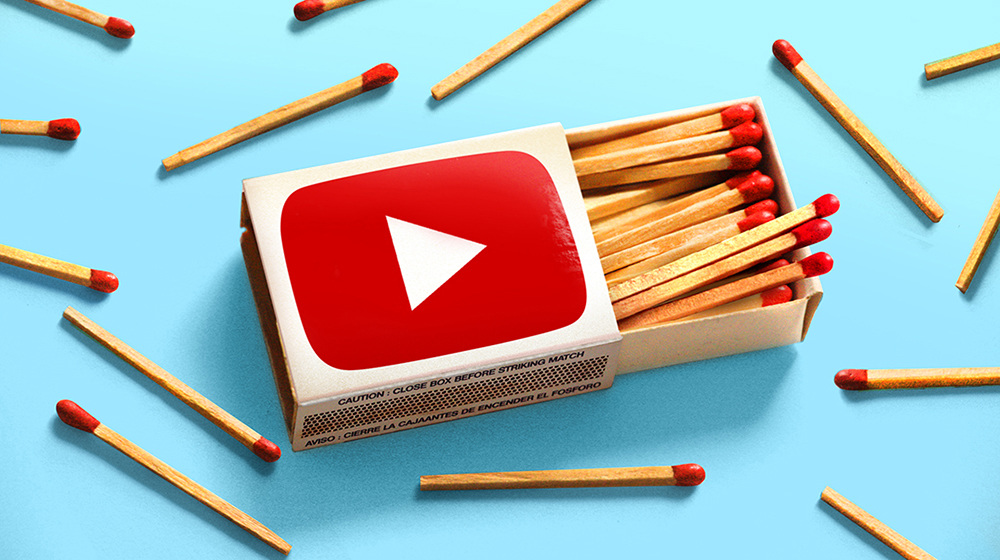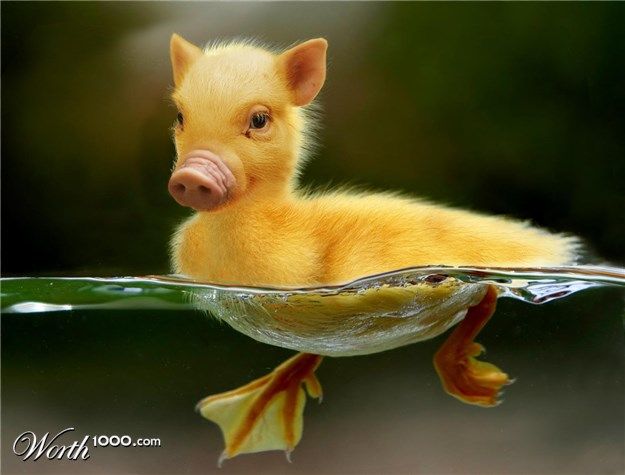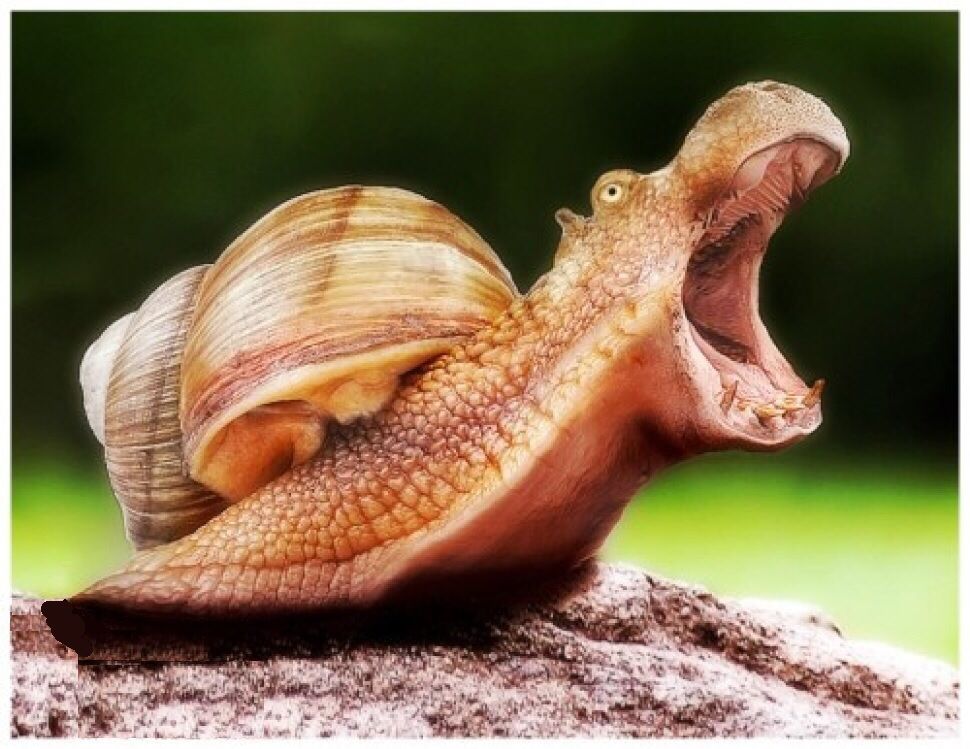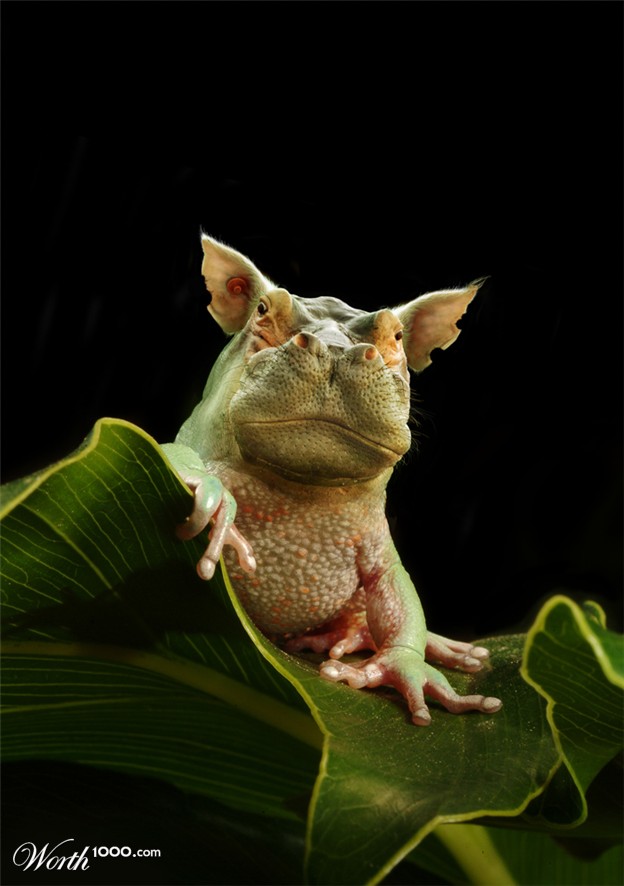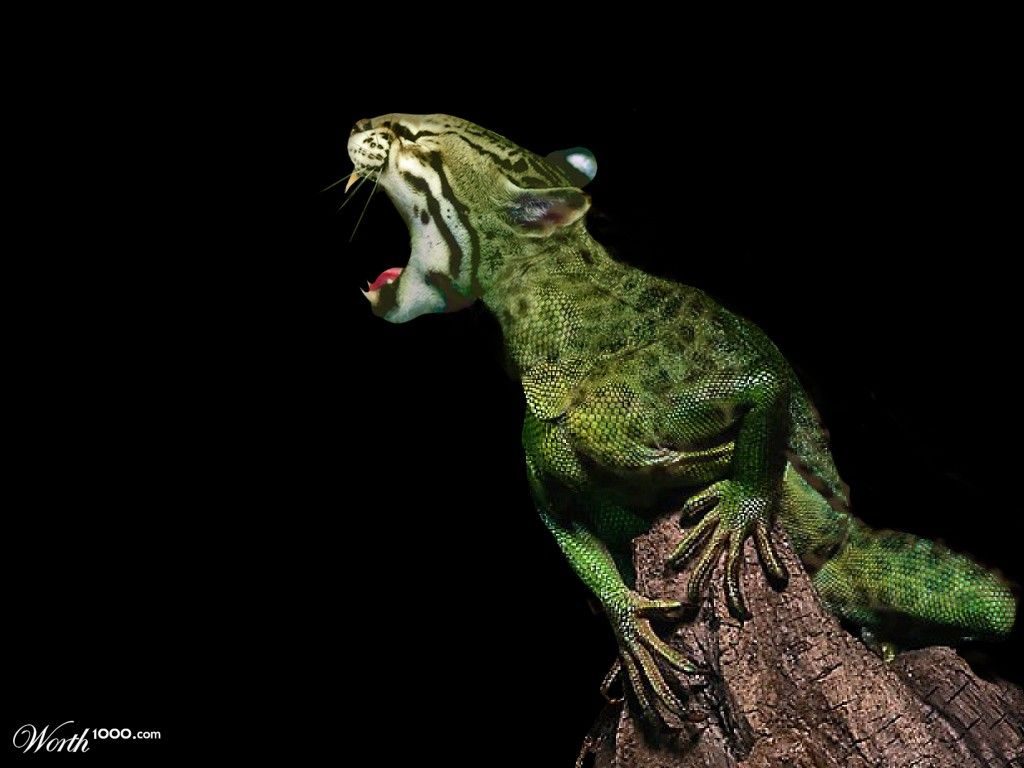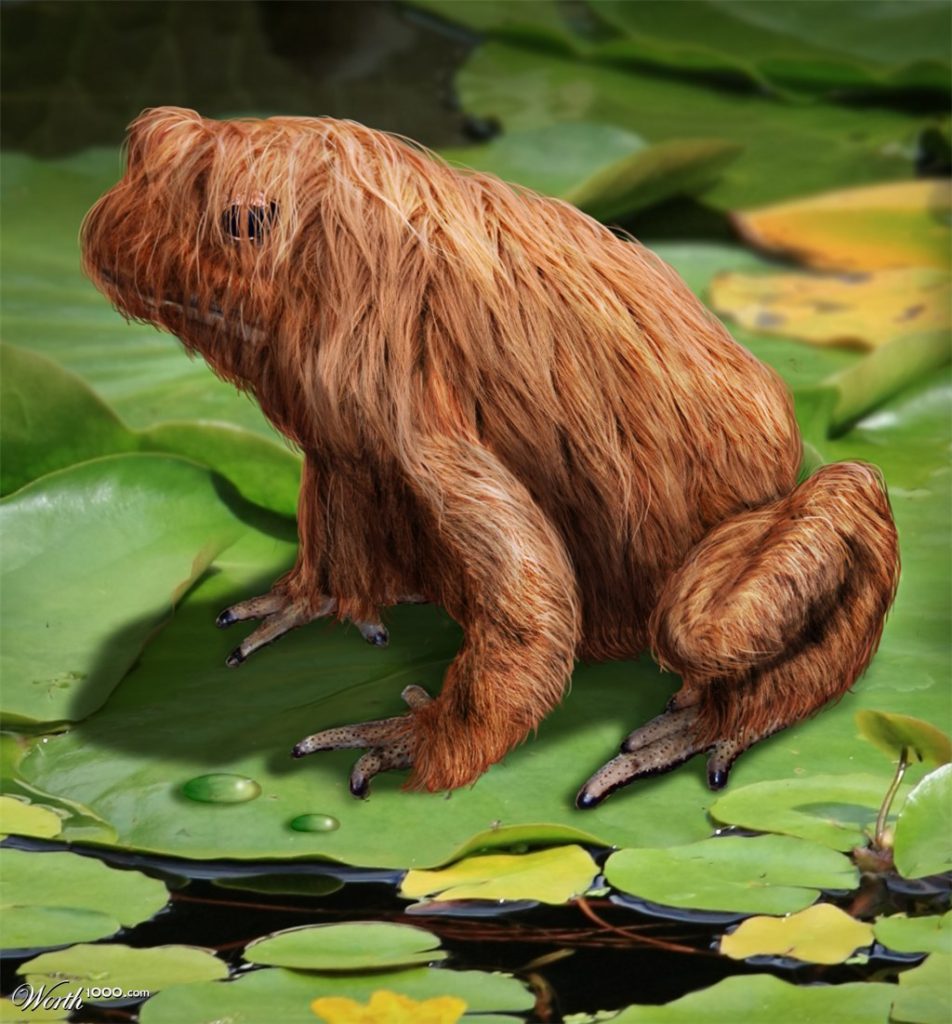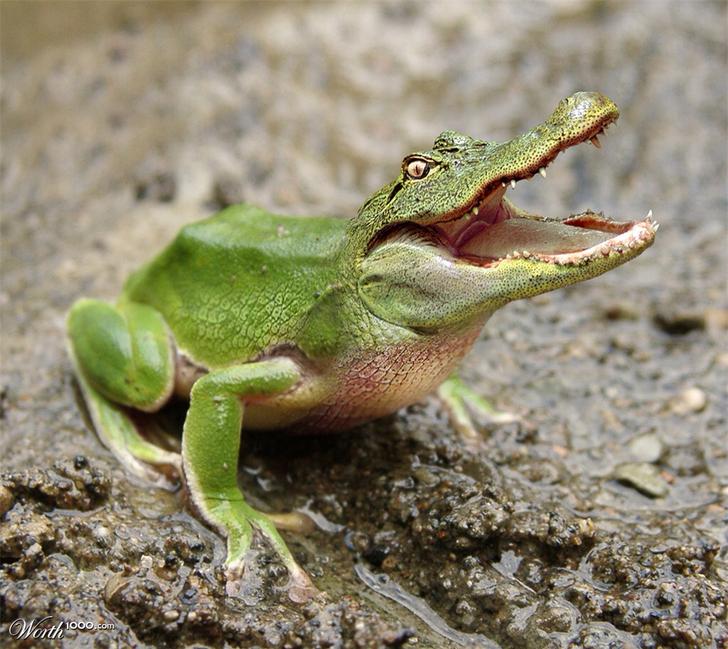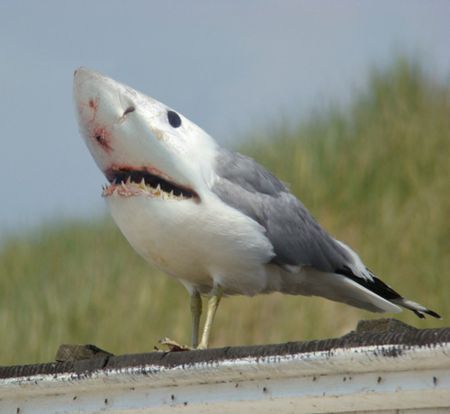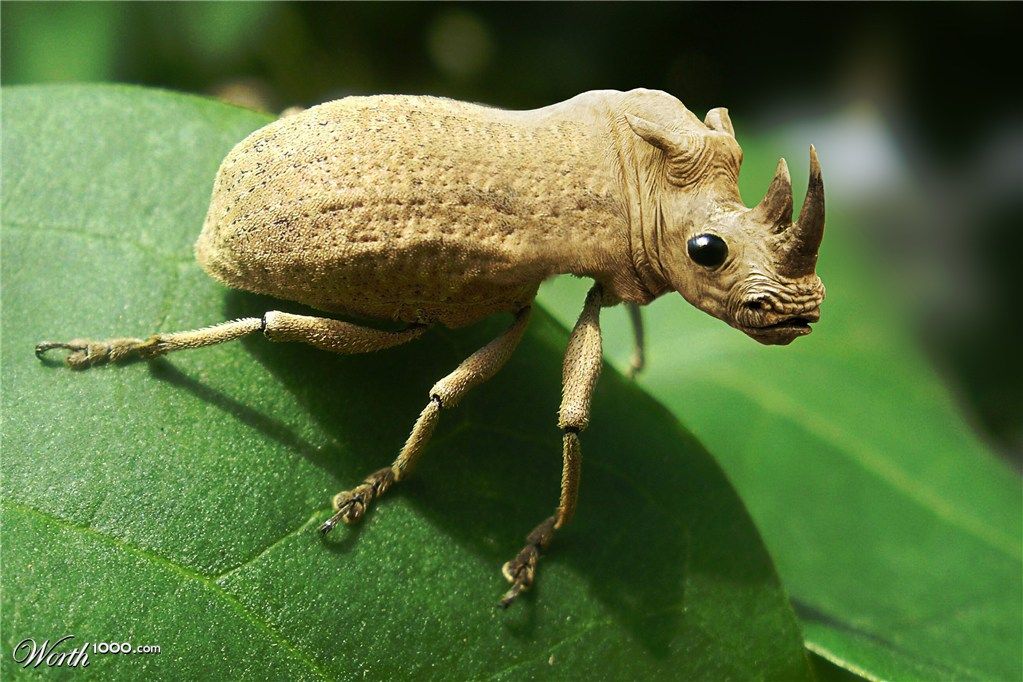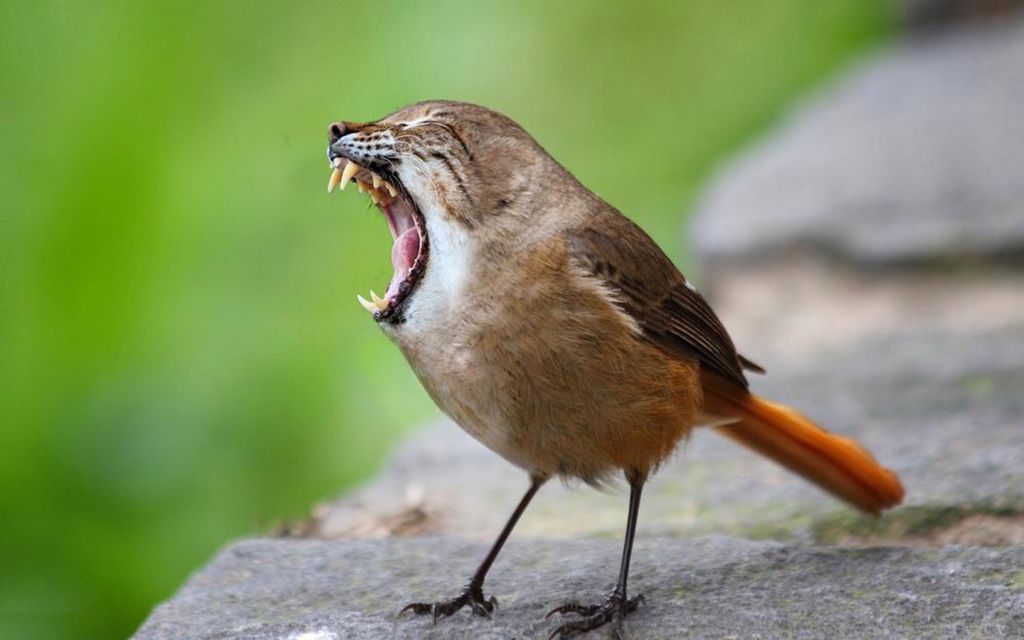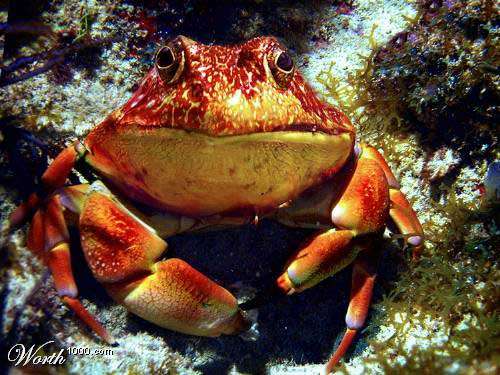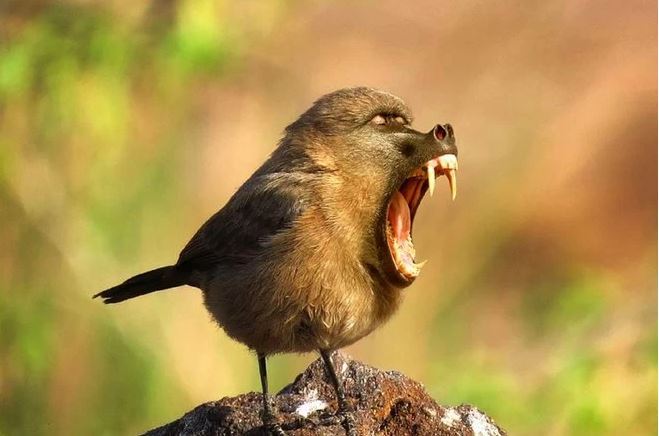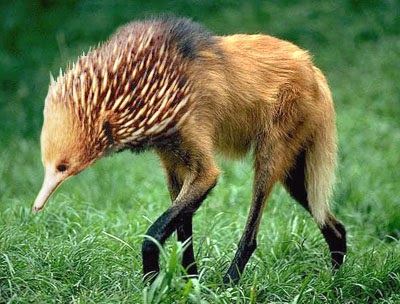Project Goal: Choose 1 article from any online source and create an illustration using any combinations of analog and digital illustration tools that displays and clarifies the content of the article.
My Examples
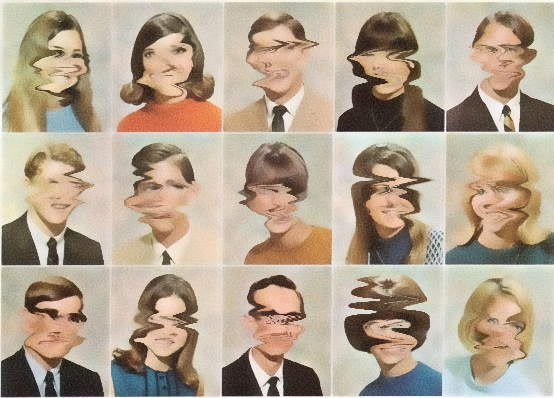
Technical problems with the digital versions of the Advanced Placement exams caused angst for high school students and parents at an already stressful time.
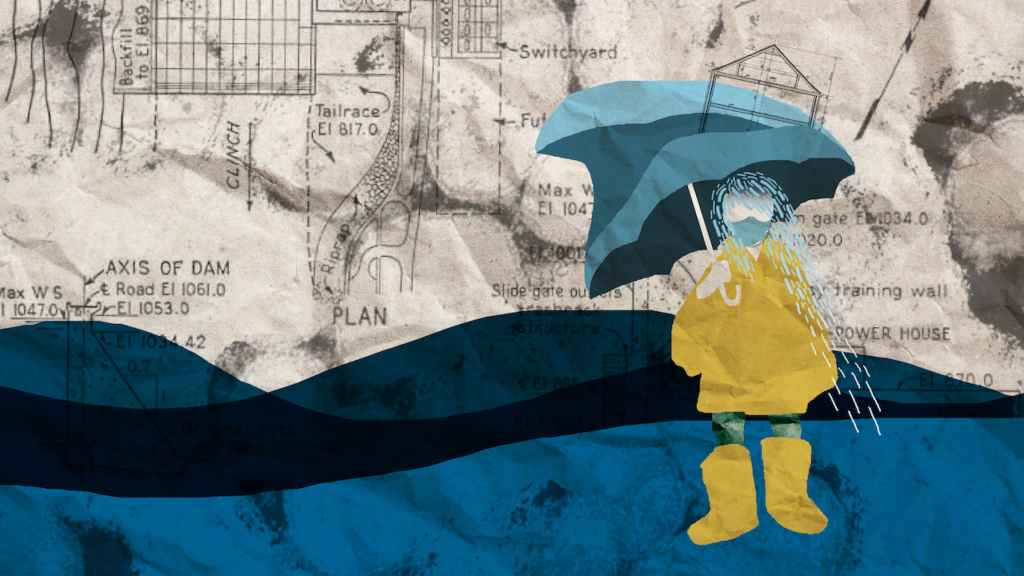
Original, editorial illustration is everywhere these days from the covers of magazines to the front pages of leading news sources around the globe.
Across the spectrum of print and online publications, art directors rely on illustrators not only to create beautiful and attention-getting images, but also to help impart information and express complex ideas. Editorial illustrations bring stories to life and entice readers to engage with content. It’s bread-and-butter work for many illustrators, and many find it extremely satisfying.
Crafting an illustration that accompanies an article or news feature–to reveal its content at a glance–is all about taking a concept and making it visual.
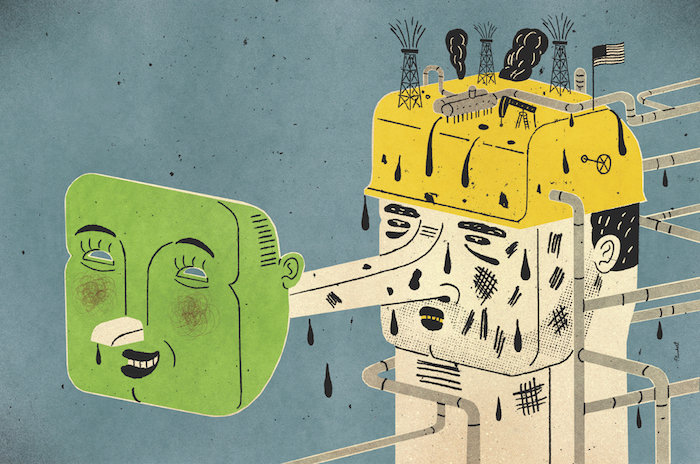
An editorial illustrator typically creates illustrations for magazines and newspapers, which are printed on a weekly or monthly basis. This translates to consistent and varied work for professional illustrators.
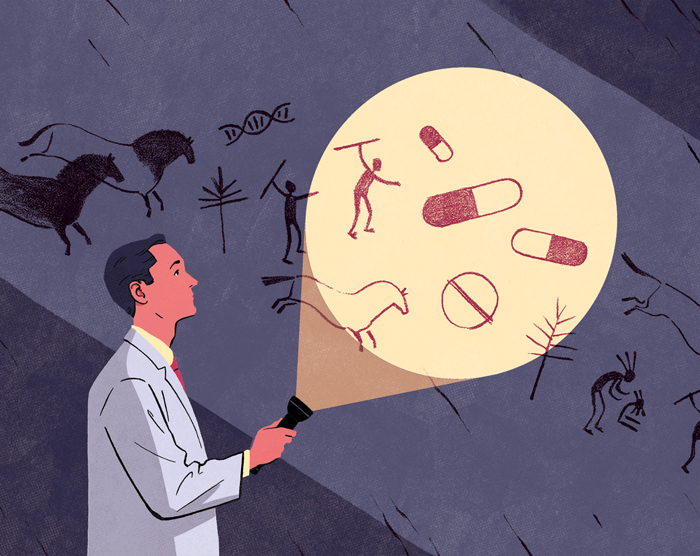
Editorial illustration entices readers to engage with content. That makes sense because for so many of us, what grabs our attention is the illustration first, then the words.
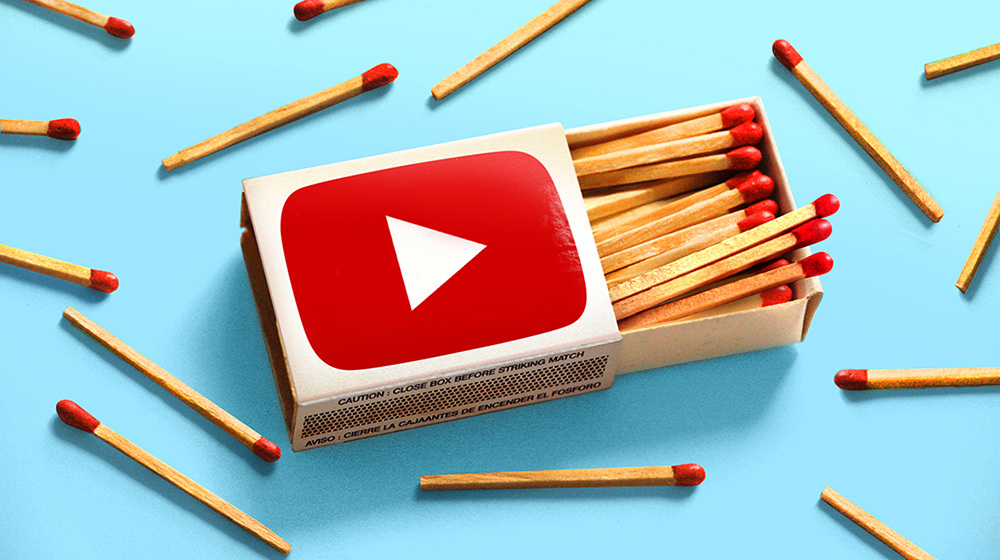
About the app’s moderation problem with “recommended videos” containing dangerous content.
Tackling complex conceptual content is probably the most important aspect of what a good editorial illustration can do. But there’s more to the impact editorial illustration has.
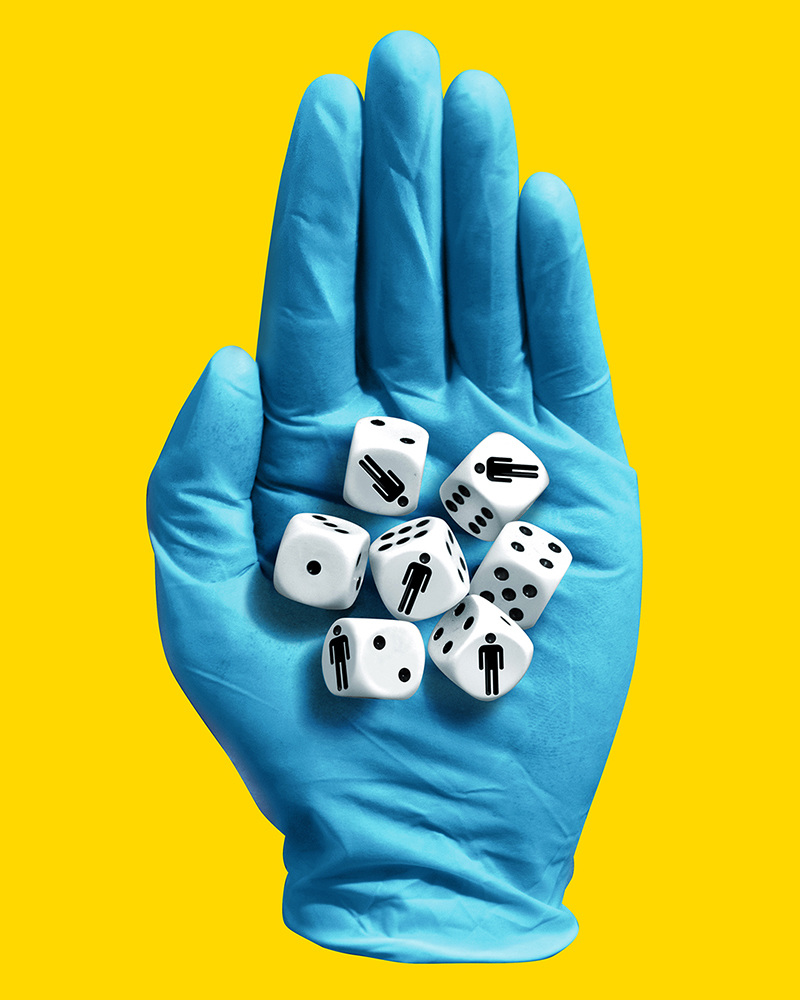
Editorial illustration can be representational, stylized, or abstract; a likeness of someone who’s famous, a beautifully-rendered image that distinguishes one feature of a product from another. In each case, an editorial illustration shows more than words can describe.
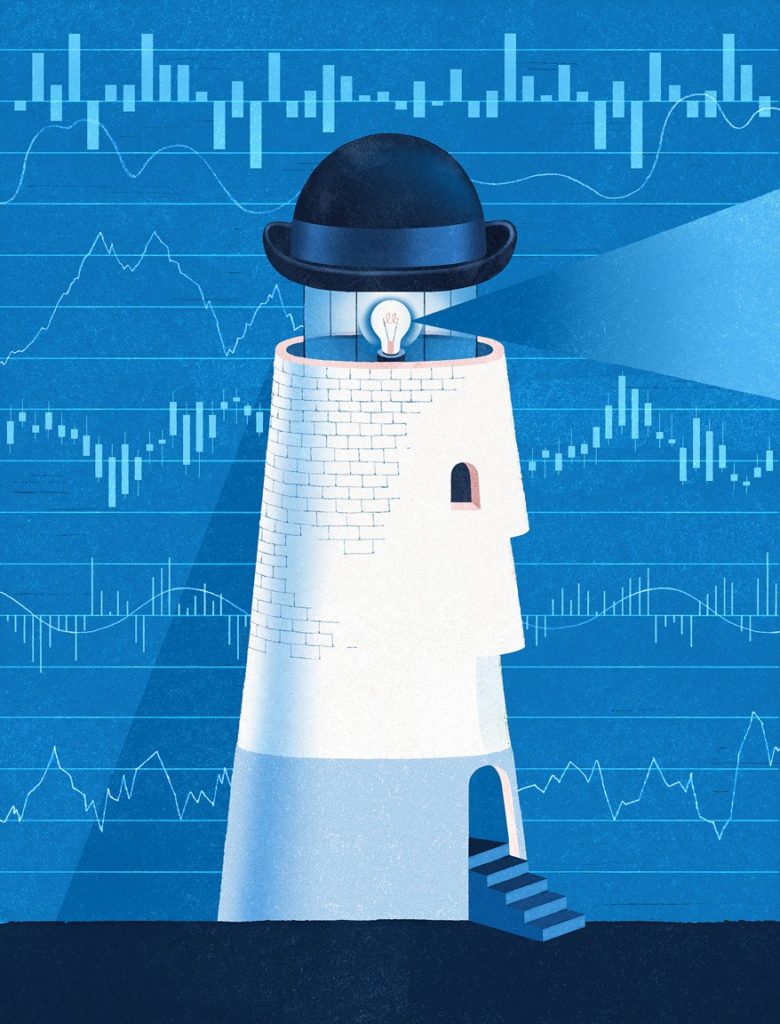
The best illustrators know how to synthesize the content of a story into a form that gives insight into its meaning.
